
You can also view our design guidelines here.
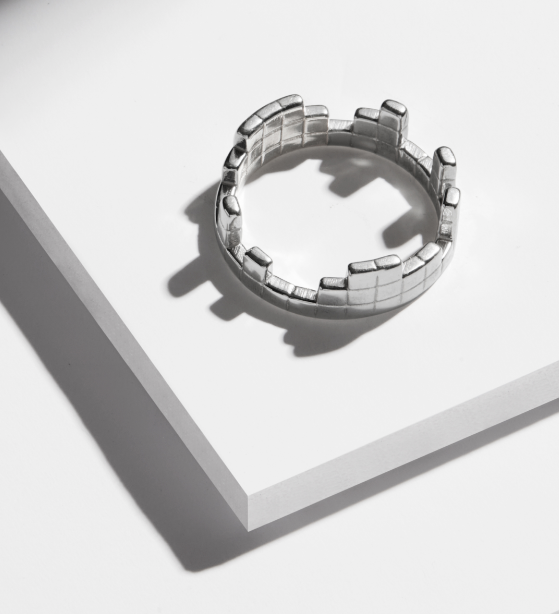
Automated Checks
When you upload your file, these checks will happen automatically:Design Size
Your design needs to fit within the maximum size specifications of 30mm x 50mm x 70mm. Our systems won’t process files larger than this given size.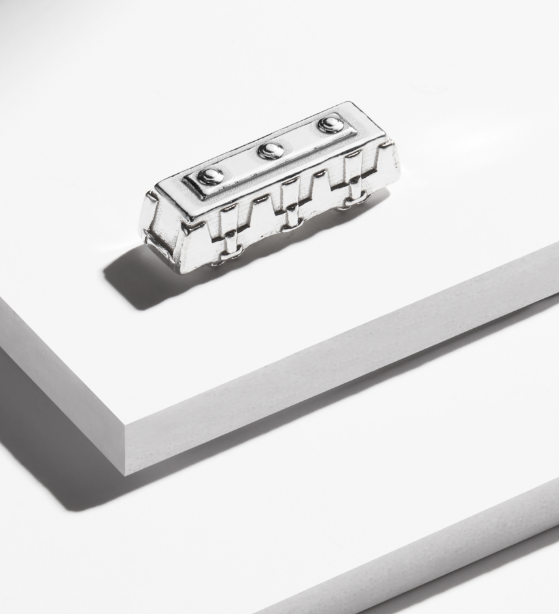
Model Integrity
Your model must be watertight or closed with the right normals and manifold.File Size
Our maximum file size is 50mb anything larger than this won’t be accepted.Pre-Upload Checks
Before you upload take a look at our checklist below to help us print your piece correctly every time.
Get our inspiring emails
for exclusive offers & advice
for exclusive offers & advice
By subscribing you agree to our Terms and Conditions and Privacy & Cookies Policy.
Ways to contact us
0345 100 1122 Email
0345 100 1122 Email
More ways to get in touch with Cooksongold.
The Bench The ForumInternational Stores
We ship to over 70 countries! With fast, cost effective delivery methods. More Info.
© 2024 Cookson Precious Metals Ltd. VAT Registration No. GB161 8062 21. Registered in England no. 2775187. Registered Office: 59-83 Vittoria Street, Birmingham, B1 3NZ
Tel: 0345 100 1122 or 0121 200 2120 Fax: 0121 212 6456

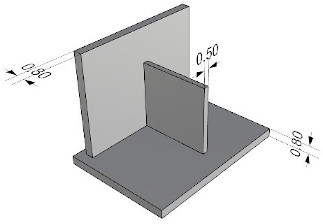 There is no right or wrong when it comes to jewellery design, with testing some things may work and others may not. Typically, a design needs to be a certain thickness to be able to withstand the 3D print process.
There is no right or wrong when it comes to jewellery design, with testing some things may work and others may not. Typically, a design needs to be a certain thickness to be able to withstand the 3D print process.
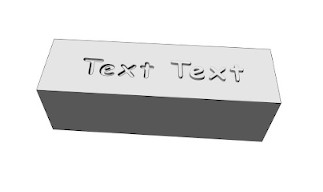 You can create details such as embossed or recessed images and lettering on pieces but sometimes a post print process will give better results especially with text.
You can create details such as embossed or recessed images and lettering on pieces but sometimes a post print process will give better results especially with text.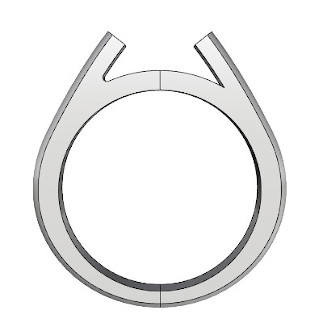 Two edges that meet into a sharp point or edge will not print very well. This process prefers softer and rounded edges to get the best results.
Two edges that meet into a sharp point or edge will not print very well. This process prefers softer and rounded edges to get the best results.
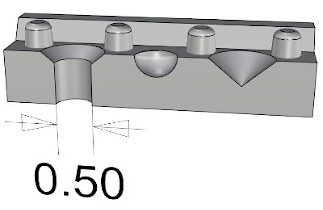 Small holes should be avoided as they will cause issues during the process. Holes should be no smaller than 0.50mm at a minimum.
Small holes should be avoided as they will cause issues during the process. Holes should be no smaller than 0.50mm at a minimum.
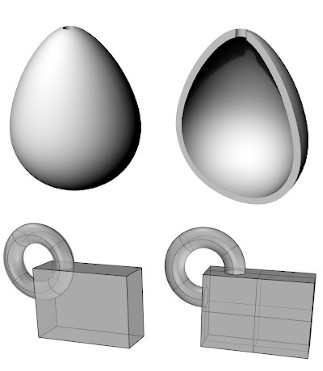 Unfortunately, we cannot process hollow pieces. To get around this you may be able to print two halves and solder/weld the two pieces together once printed.
Unfortunately, we cannot process hollow pieces. To get around this you may be able to print two halves and solder/weld the two pieces together once printed.
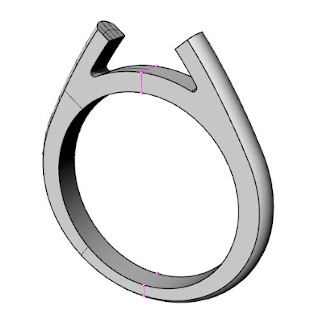 Before uploading your design, it is best to ensure that the design is watertight.
Before uploading your design, it is best to ensure that the design is watertight.
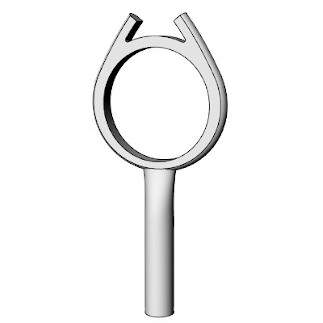 Sprues are used when casting a 3D printed piece. They feed metal into the piece in order for it to become a solid metal part. There will be remanets of the sprue or sprues left on some 3D printed pieces. We will decide the best placement for the sprue based on the design. Occasionally more than one sprue is needed depending on the size or if there needs to be a sprue to keep tension in a piece.
Sprues are used when casting a 3D printed piece. They feed metal into the piece in order for it to become a solid metal part. There will be remanets of the sprue or sprues left on some 3D printed pieces. We will decide the best placement for the sprue based on the design. Occasionally more than one sprue is needed depending on the size or if there needs to be a sprue to keep tension in a piece.
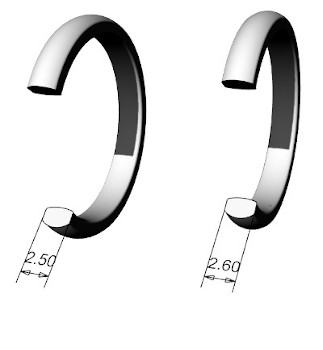 3D Printed parts will come in a semi-finished manner, they will have the majority of the sprue cut off and then will be sent out to yourself once a thorough Quality inspection has been completed.
3D Printed parts will come in a semi-finished manner, they will have the majority of the sprue cut off and then will be sent out to yourself once a thorough Quality inspection has been completed.









